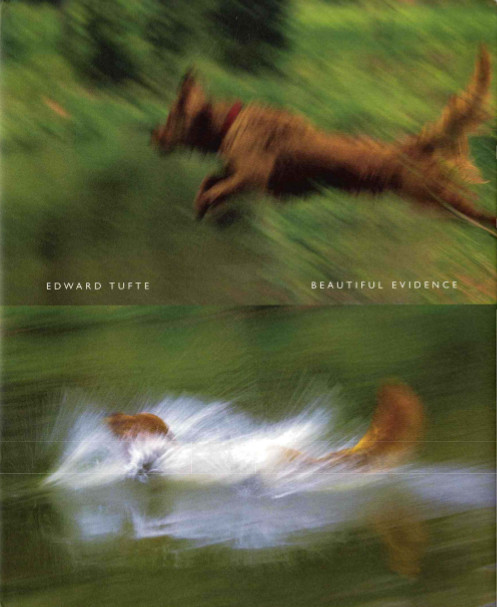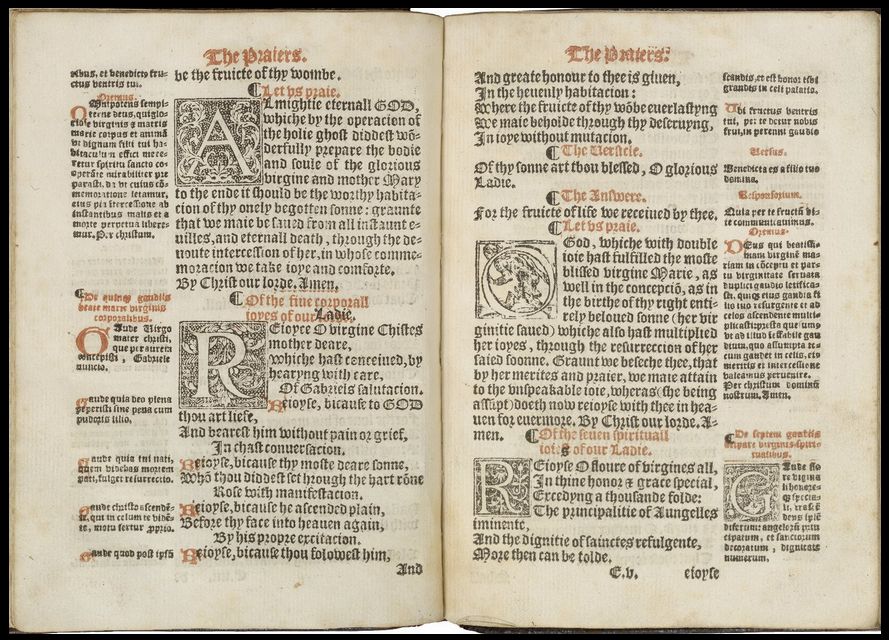Edward Tufte: Beautiful Evidence (2006)
Filed under book | Tags: · data visualisation, design, graphic design

Science and art have in common intense seeing, the wide-eyed observing that generates empirical information. Beautiful Evidence is about how seeing turns into showing, how empirical observations turn into explanations and evidence presentations. The book identifies excellent and effective methods for presenting information, suggests new designs, and provides tools for assessing the credibility of evidence presentations.Here we will see many close readings of serious evidence presentations-ranging through evolutionary trees and rocket science to economics, art history, and sculpture. Insistent application of the principles of analytical thinking helps both insiders and outsiders assess the credibility of evidence.
Publisher Graphics Press, Cheshire/CT, 2006
ISBN 0961392177, 9780961392178
213 pages
review (Stephen Few, BeyeNetwork)
review (Yuri Engelhardt, Information Design Journal)
PDF (no OCR, updated on 2013-2-2)
Comments (2)Anne Burdick, Johanna Drucker, Peter Lunenfeld, Todd Presner, Jeffrey Schnapp: Digital_Humanities (2012)
Filed under book | Tags: · data mining, data visualisation, digital humanities, education, linguistics, simulation

“Digital_Humanities is a compact, game-changing report on the state of contemporary knowledge production. Answering the question, “What is digital humanities?,” it provides an in-depth examination of an emerging field. This collaboratively authored and visually compelling volume explores methodologies and techniques unfamiliar to traditional modes of humanistic inquiry–including geospatial analysis, data mining, corpus linguistics, visualization, and simulation–to show their relevance for contemporary culture.
Included are chapters on the basics, on emerging methods and genres, and on the social life of the digital humanities, along with “case studies,” “provocations,” and “advisories.” These persuasively crafted interventions offer a descriptive toolkit for anyone involved in the design, production, oversight, and review of digital projects. The authors argue that the digital humanities offers a revitalization of the liberal arts tradition in the electronically inflected, design-driven, multimedia language of the twenty-first century.
Written by five leading practitioner-theorists whose varied backgrounds embody the intellectual and creative diversity of the field, Digital_Humanities is a vision statement for the future, an invitation to engage, and a critical tool for understanding the shape of new scholarship.”
Publisher MIT Press, 2012
Open Access
ISBN 0262018470, 9780262018470
x+141 pages
Journal of Digital Humanities 1 (3): The Difference the Digital Makes (2012)
Filed under journal | Tags: · cultural analytics, data visualisation, digital humanities, mapping, social media

“So much of the content of digital humanities begins in the analog world: documents that are scanned and indexed; maps that are recast in GIS; quantities that are converted to machine-readable tables. Although we tend to focus on the final product — the digital construction viewed over the web — we remain cognizant of this transition that artifacts of human expression have taken. In this issue of the Journal of Digital Humanities, several scholars take a deeper look at that transition. ” (from the Introduction)
With contributions by Sarah Werner, Craig Mod, Matthew M. Booker, Melissa Terras, Elijah Meeks and Karl Grossner, Simon Burrows and Mark Curran, Andrew J. Torget and Jon Christensen, Stuart Dunn, Sean Takats, Robert Nelson
Vol. 1, No. 3, Summer 2012
Editors: Daniel J. Cohen, Joan Fragaszy Troyano
Associate Editors: Sasha Hoffman, Jeri Wieringa
Publisher Roy Rosenzweig Center for History and New Media, October 2012
Creative Commons Attribution 3.0 Unported License
ISSN 2165-6673
View online (HTML articles)
PDF (PDF)
PDF (EPUB)
PDF (IBOOK)

